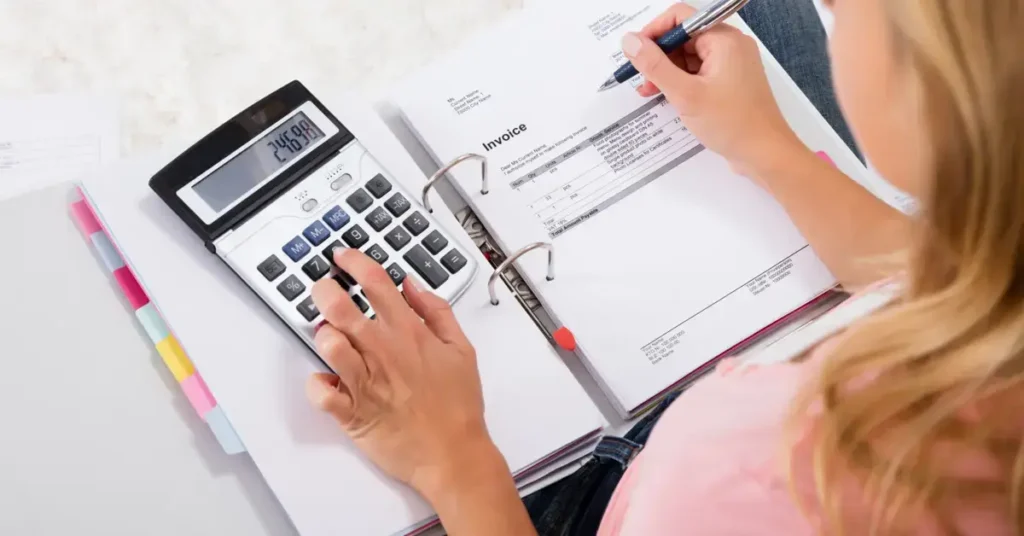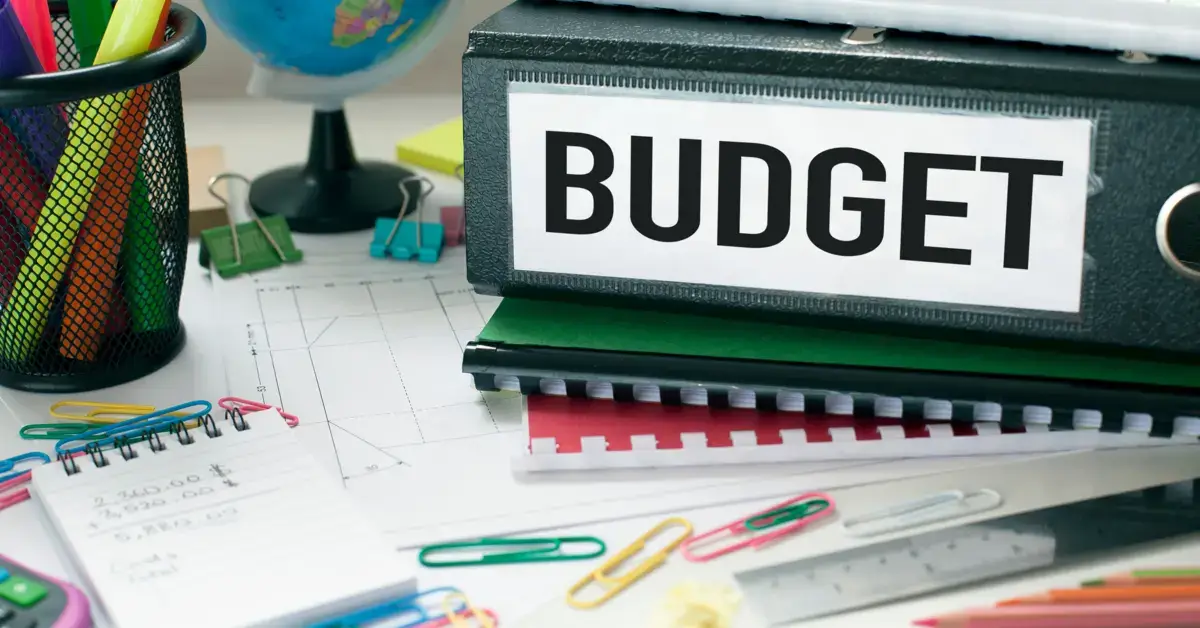Using a budgeting journal has transformed how I manage my finances, making the process straightforward and effective. This hands-on approach not only keeps my spending in check but also deepens my commitment to financial goals. It’s more than jotting down numbers; it’s about crafting a strategy for my money, ensuring each dollar serves a purpose. In a world dominated by digital tools, the tactile experience of a budgeting journal offers a refreshing and empowering way to stay financially disciplined, whether for saving, planning, or everyday expenses.
Why Start a Budgeting Journal?
Starting a budgeting journal has transformed my approach to managing finances. It’s a powerful tool that provides clarity and insight into my spending, which is crucial for achieving financial stability.
Tracking Spending: The First Step to Financial Control
I’ve found that meticulously recording every transaction enables me to see where my money goes, rather than where I think it goes. This has been imperative for gaining control over my financial life. By understanding my spending patterns, I can make informed decisions that lead to better financial health.
Identifying Saving Opportunities: How to Maximize Your Financial Potential
Through recording daily expenses in my budgeting journal, I’ve identified unnecessary expenditures and discovered various ways to save money. It’s fascinating to see how minor adjustments can add up to significant savings, providing more funds for my financial goals.
Setting Financial Goals: Envisioning Your Financial Future
A budgeting journal is also my planner for the future. By setting financial targets and tracking progress towards them, I stay motivated and on track. It’s more than just numbers; it’s about visualizing and reaching my financial aspirations.
Getting Started with Your Budgeting Journal

I’ve found that maintaining a budgeting journal is an excellent way for me to keep track of my finances and plan for the future. In this section, I’ll share how to begin, from selecting your format to recording your first transactions.
Choosing Your Format: Digital vs. Paper Journals
When starting a budgeting journal, the first decision I make is whether to go digital or stick with a traditional paper journal. Digital journals like apps and spreadsheets can be convenient and easily accessible on devices. On the other hand, paper journals offer a tactile experience that some find helps with commitment and mindfulness.
Setting Up Categories: Organizing Your Financial Life
Next, I organize my finances by setting up clear categories. These can include:
- Income: wages, freelance payments, dividends
- Fixed Expenses: rent, utilities, subscriptions
- Variable Expenses: groceries, dining out, entertainment
Initial Entries: What to Record from the Start
For the initial entries in my budgeting journal, I record:
- Starting balances: cash on hand, account balances
- Income sources: job, side gigs, investments
- Expected expenses: bills due, planned purchases
By tracking these from the outset, I create a foundation for insightful financial analysis and wiser spending choices.
Common Mistakes to Avoid

When maintaining a budgeting journal, I’ve learned that avoiding a few common errors can make all the difference between success and frustration. Here’s what to look out for:
Overcomplicating Your Journal: Keeping It Simple
I always remind myself that a budgeting journal should be easy to use. If I create too many categories or tracker pages, it can become overwhelming. I’ve learned to stick with a simple structure that focuses on key expenses and savings goals. By doing this, I avoid the pitfall of abandoning my journal due to complexity. I prioritize clarity over detail to maintain a user-friendly layout.
Neglecting Small Expenses: The Little Things Add Up
One thing I’ve noticed is how small expenses, like daily coffee or weekly magazines, can add up over time. In my journal, I make sure to track every penny, no matter how insignificant it might seem. By acknowledging these minor expenditures, I gain a complete picture of my spending habits, which can reveal insights into where I might cut back.
Inconsistency: The Importance of Regular Updates
Finally, consistency in updating my journal is crucial for its effectiveness. I set aside time each week — the same day and time, if possible — to review and update my expenses. This habit ensures that my journal reflects my current financial situation, which helps me make informed decisions about my money. A neglected journal is just a notebook gathering dust, so I diligently maintain its relevance with regular, timely entries.
Incorporating Financial Goals into Your Journal

In my budgeting journal, I’ve found it essential to clearly define my financial aspirations and track them diligently.
Short-term vs. Long-term Goals: Planning for Success
Short-term goals, like saving for a vacation or paying off a small debt, are my immediate focus. I use my budgeting journal to break these into manageable chunks, setting monthly and even weekly targets. For long-term goals, such as retirement savings or buying a home, I map out a years-long plan, spreading the steps across multiple journal pages:
- Identify the goal.
- Estimate the total cost.
- Decide on a timeline.
- Calculate monthly savings.
Tracking Progress: Celebrating Milestones
I use a blend of tables and visual trackers to see my progress at a glance:
| Milestone | Date Achieved | Amount Saved |
|---|---|---|
| Emergency Fund – 1 Month | Jan 2024 | $1,000 |
| Credit Card Debt Halved | Jun 2024 | $2,500 |
| …. | …. | …. |
Every time I hit a milestone, I reward myself, reinforcing the positive habit of saving and making it more enjoyable.
Adjusting Goals: Staying Flexible in Your Financial Journey
Life changes, and so might my financial situation. I evaluate my goals monthly, deciding if they’re still realistic or if I need to adjust. For example, if I receive a raise at work, I might increase my savings rate. Flexibility is crucial to staying on track without feeling overwhelmed.
Staying Motivated and Consistent
When I started using a budgeting journal, the novelty was exciting, but I quickly realized the real challenge was staying motivated and consistent. Through experience, I found strategies that kept me engaged.
Finding Your Why: The Motivation Behind Budgeting
Understanding why I wanted to budget was crucial for sustaining my motivation. Was it to save for a house, eliminate debt, or just get my spending under control? For me, seeing my goals written down made them more tangible and compelling. I recommend jotting down your financial aspirations as a reminder of what you’re working toward.
Making It a Habit: Tips for Consistent Journaling

Consistency in budgeting went hand-in-hand with forming a habit. Here are a few practical steps that helped me:
- Schedule Regular Check-Ins: I made it a point to review my budget journal at the same time each week. Whether it’s during Sunday morning coffee or Wednesday night’s wind-down, find a time that works for you.
- Set Reminders: Life gets hectic, so setting reminders on my phone ensured I didn’t skip my budgeting session.
- Simplify the Process: Initially, my journaling was too complex. I simplified it, which made the task less daunting and more approachable.
Community and Support: Sharing Your Financial Journey
Finally, sharing my journey with a supportive community was a game changer. Whether it was friends who respected my financial goals or online forums where people shared their successes and challenges, having a support system made a world of difference. They say a problem shared is a problem halved – this rings true for budgeting as well.
So let us start a community here and share ideas, goals and problems!
Frequently Asked Questions
What is a budgeting journal?
A budgeting journal is a personalized tool where I document my income, expenses, savings, and financial goals. It’s a structured way for me to keep a close eye on my finances and make informed decisions about money management.
How do you make a budget diary?
To create a budget diary, I start by choosing a format that works for me, whether it’s a physical notebook or a digital spreadsheet. Then, I categorize my finances into sections like income, fixed expenses, variable expenses, and savings. I make sure to update it regularly with every transaction to keep everything up-to-date.
What are the 7 steps in good budgeting?
- Determine my financial goals.
- Gather accurate information about my income and expenses.
- List and categorize my expenses.
- Set realistic spending limits for each category.
- Record and track my expenses against the limits.
- Review my budget regularly to adjust as necessary.
- Remain committed to sticking to my budget and making adjustments when life changes.
How do you record a budget?
I record my budget by first outlining all of my income streams followed by listing all of my expenses. I then track each expense as it occurs, either by writing it down in my journal or entering it into a spreadsheet or budgeting app. By doing this consistently, I maintain a clear picture of my spending habits and financial health.
I hope you found some inspiration or useful tips in our article on ’budgeting journal’! If so, I’d love to hear your thoughts and ideas in the comments below! And if you’re looking for more insightful content, don’t hesitate to explore our other articles:
- How To Start Notion Budget Template For Beginners
- Beginners Guide for Budget Binder Ideas to Organize Your Finance
- How To Budgeting For Dummies
- Strategic Budget: Beginners Guide for Success
Your comments help us create better content for you. Happy reading!






